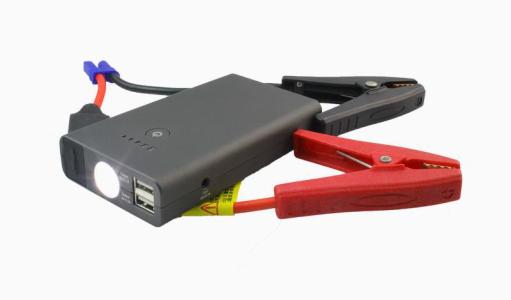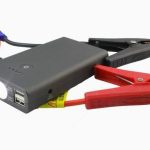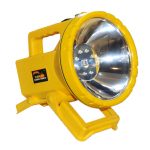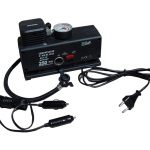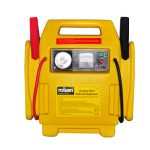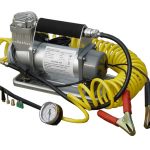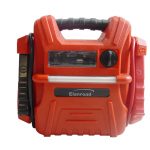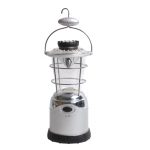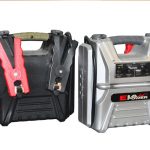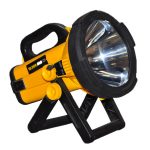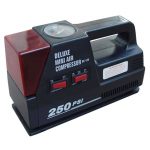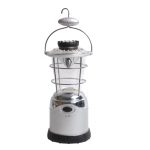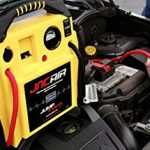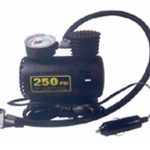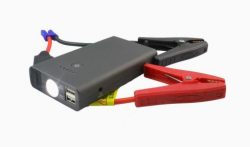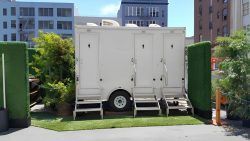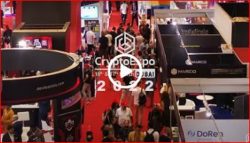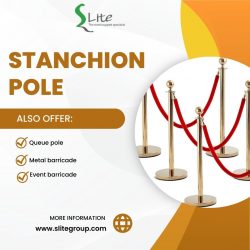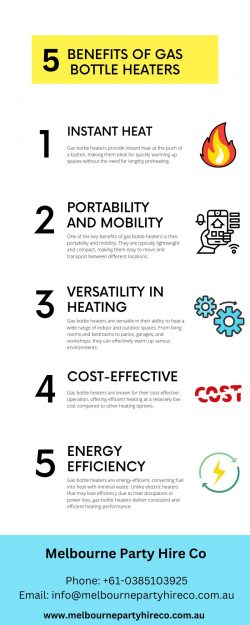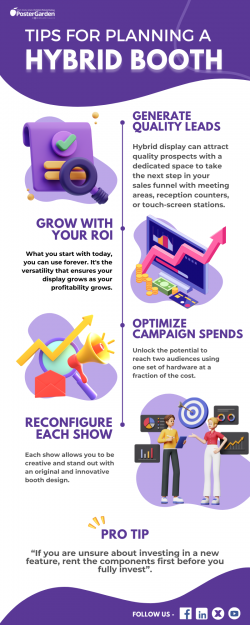Linsheng – Car Emergency Start Power: Battery Type Performance
The car emergency start power supply is a multi-functional emergency product developed based on the problem that the majority of the car owners cannot start. Linsheng describes the types and performances of commonly used batteries for emergency start-up power supplies. The batteries used for emergency start-up power supplies on the market today are classified according to the types of batteries. One, six string lead-acid batteries, discharge platform voltage: 13V, according to the structure is divided into two types of winding and lead plates;Second, three strings of 3.7V lithium cobalt oxide (ternary / lithium manganate) stacked process battery, discharge platform voltage: 11.3V. According to the structure, it is divided into steel shell, aluminum shell and polymer soft pack. Among them, soft packs are the main ones;Three, four strings of 3.7V lithium cobalt oxide (ternary / lithium manganate) battery, discharge platform at 14.8V, the highest 16.8V. According to the structure, it is divided into steel shell, aluminum shell and polymer soft pack. Among them, steel and aluminum shells are mainly used;Four, four string lithium iron phosphate battery, discharge platform voltage: 13.2V. According to the structure, it can also be divided into three types: steel shell, aluminum shell and polymer soft pack, of which soft pack is the main;Five, five-string lithium titanate battery, discharge platform voltage: 12.6V. According to the structure, it is divided into aluminum shell and polymer soft pack, of which aluminum shell is the main one. The advantages and disadvantages of the batteries for these five types of emergency power supply are as follows: One or six strings of lead-acid batteries (current trend, has been replaced by three series of 3.7V polymer lamination process cobalt lithium (ternary)) advantage:1 The discharge platform is the same as the car battery.2 The price is relatively cheap, but the overall cost, winding and lithium battery is cheaper. The sheet is more expensive than lithium. Disadvantages:1 Self-discharge is large, charging is good, there is no electricity in about one month. If there is emergency, there will be no battery.2 The discharge rate is low, and it is necessary to start the car with a larger capacity.3 battery weight and volume is about ten times that of lithium battery.4 lead-acid batteries are polluted. Two, three strings of 3.7V lithium cobalt oxide (ternary / lithium manganate) battery advantage:1 is the most widely used starting power battery in the market, the industrial chain is relatively complete, there are many manufacturers, and the model categories are complete. Easy to purchase.2 The price is relatively cheap, and the overall price is around 7 yuan / ampere hour.3 low temperature performance is good, at minus 15 degrees, the starting ability is reduced by less than 35%. Acceptable range.4 battery current output can be strong, the basic 1.6 car, with a 5Ah battery rule can be activated. Disadvantages:1 battery safety performance is not guaranteed, several major domestic power supply companies, now the main force is to use this type of battery. But almost every family has happened, and a safety accident that burns out one’s own or guest’s warehouse appears. Tmall or Taobao’s guests commented that the power supply burned out is not uncommon, and the average probability of an overall product accident is at least 0.1%. So in the power industry, everyone is more and more afraid. But two years ago, there were no safe batteries that could replace this type of battery. You can only walk forward with your head.2 The battery voltage of 11.3V is lower than that of automotive lead acid, so there is a voltage of 14.2V generated by the car generator to reverse the battery. As a result, the battery cannot be charged with a large current, and an accident such as a drum or even a fire explosion occurs. Therefore, there will be an anti-back charge device on the low-cost start power clip. The relatively high price will generally be equipped with a smart start clip of about 30 yuan. Three, four strings of 3.7V lithium cobalt oxide (ternary / lithium manganate) batteries (the basics of this kind of starting power supply is mainly based on small workshops) advantage:1 The starting ability is strong, relative to 3 strings, the starting ability is 1.6 times or more of the three strings. Therefore, the relative cost is low and the starting ability is strong.2 The battery is mainly based on disassembling the old battery, and the price is relatively cheap, and the overall price is around 3 yuan/A.3 low temperature performance is good, at minus 15 degrees, the starting ability is reduced by less than 35%. Acceptable range.4 battery current output can be strong, the basic 1.6 car, with 4Ah battery can be activated. Disadvantages:4 series of 3.7V lithium cobalt oxide (ternary/lithium manganate) battery, the discharge platform is at 14.8V, the highest starting power of 16.8V, because the voltage is higher than the voltage of the vehicle generator. So there is no need for anti-reverse charging. However, such a starting power supply, because the voltage is too high, there will be burnt lights or even the vehicle control circuit. Of course, the relative probability is not high, but the car lights or the car computer are burned out. The cost is high and the claim cost rate is basically absent. Four or four strings of lithium iron phosphate batteries (now being converted to 3.7V lithium cobaltate (ternary/manganese acid) batteries) advantage:1 Does not cause fire and explosion, that is, using a drill bit to drill through, so that the internal circuit is missing, and only the electrolyte vaporizes and smokes. The battery is in a relatively open space, and the surface temperature of the battery does not exceed 50 degrees. So safe. 2 iron lithium battery is resistant to high temperatures, and its performance has little effect in the environment above 60 degrees Celsius.3 discharge capacity is now different from 3.7V lithium cobaltate (ternary / lithium manganate) battery, but two years ago, the high rate discharge performance of iron-lithium battery is far less than 3.7V lithium cobalt oxide (ternary / lithium manganate) )battery.4 life is three times the 3.7V lithium cobalt oxide (ternary / lithium manganate) battery. Disadvantages:1 price is about 30% higher than 3.7V lithium cobalt oxide (ternary / lithium manganate) battery.2 Because of the discharge performance and low temperature performance, several factories have recently achieved breakthroughs. There are not many specifications on the market, and the probability of finding a suitable spot is very low.3 Relative to the 3.7V lithium cobalt oxide (ternary/lithium manganate) battery, the low temperature performance of the iron-lithium battery is somewhat lower, at minus 10 degrees, if the battery is not heated, the starting ability is reduced by more than 50%. However, there are manufacturers on the market that have just issued a lithium-ion battery with a reduction of less than 20% at 30 degrees.The volume of 4 is about 1.4 times that of the 3.7V lithium cobaltate (ternary/lithium manganate) battery, which is not conducive to miniaturization of the product. Five, five string lithium titanate battery advantage:1 The battery is safe and will not explode.2 long service life. More than 20,000 times. Disadvantages:1 expensive, is about 4 times that of 3.7V lithium cobalt oxide (ternary / lithium manganate) battery.2 The battery is large, about 2.5 times that of 3.7V lithium cobaltate (ternary/lithium manganate) battery.3 The supply quality of lithium titanate batteries in the market is uneven. Many battery quality is not very stable. There are few models supplied and the supply is unstable.
